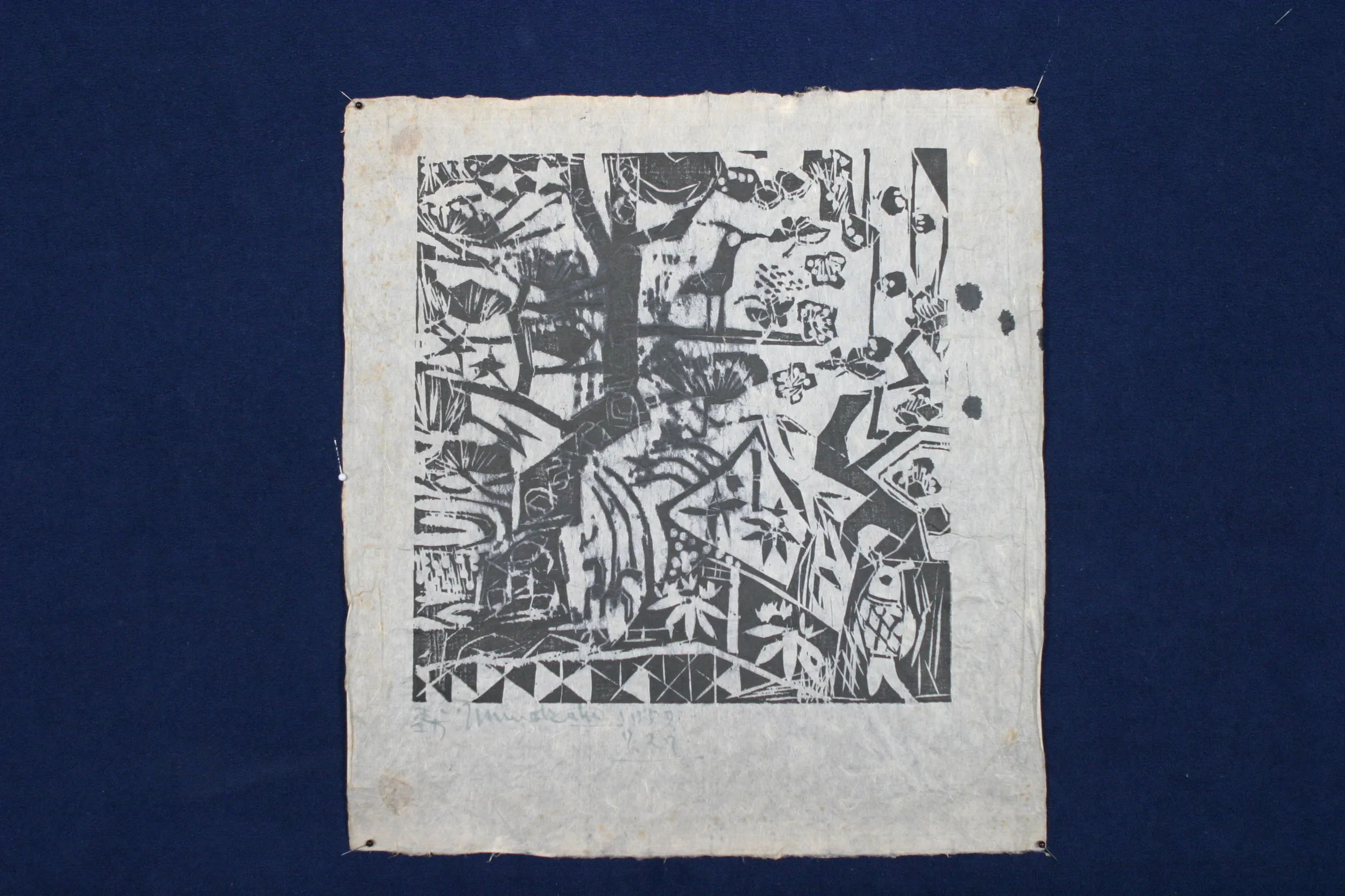GUEST: My mother- and father-in-law were trying to furnish a second home-- this was about 40 years ago, so everything's a little sketchy-- but they bought this and a couple of other paintings at a flea market somewhere in the New York area. And then it stayed in this apartment. And when we dismantled it, we saw it, and have been a little curious about it from that point on. It's signed. And we looked, um, up the, the name and they just said it was a 19th-century American artist, and other than that, we really don't know.
APPRAISER: It is American. It's an artist called Edward Mitchell Bannister. One of the reasons he's famous, he was the first African-American artist to come to national prominence.
GUEST: Huh.
APPRAISER: And the first to win a national award, in fact. And he had an interesting background. He was born in New Brunswick in Canada in 1828. Just shortly after that, the British abolished slavery in the provinces. And he had always had an interest in drawing and painting, from a young age. This is actually painted in 1879, and he died in 1901. So this is a slightly later work. It's likely to have been painted in Rhode Island-- Providence-- which is the town that he's most associated with.
GUEST: Providence.
APPRAISER: He's Canadian, but everyone thinks of him as American now.
GUEST: I see.
APPRAISER: Because that's where he settled. Sadly for him, both his parents passed away before he was 16, and his mother was a great source of encouragement to him in his artistic pursuits, and he ended up doing... He was a ship's cook for a while, he was a barber in Boston.
GUEST: Hm.
APPRAISER: He got involved in photography. But all this time, he was carrying on doing painting. And then he had the good fortune to meet the love of his life, who happened to be a New York City businesswoman. And following that marriage, he was able to spend more time doing what he really loved, which was painting-- he had a studio. Very religious fellow, had great empathy with nature. And because of that, he found a lot of inspiration in the Barbizon School.
GUEST: Mm-hmm.
APPRAISER: The French Barbizon School, who, of course, foreshadowed the Impressionists. And you can see the Impressionist-style painting here.
GUEST: Yeah.
APPRAISER: It's very, very evocative. And this is fairly typical of him, to be painting cattle. Not many works by him come up in the market. Now, in spite of the fact there are one or two little dents, dings, scratches...
GUEST: Yeah, right.
APPRAISER: These aren't major. Probably would benefit from a frame. Bear in mind, a frame isn't just for decoration-- it's also to protect a painting.
GUEST: Mm-hmm.
APPRAISER: So they got it at a flea market. How much do you think they would have paid for it?
GUEST: I have... Well, not much. If they paid $50 for it, I'd be really surprised.
APPRAISER: Okay. So would it surprise you further to learn that it's worth, at auction, I would say $6,000 to $10,000?
GUEST: Yeah.
APPRAISER: Yeah, yeah.
GUEST: Yeah...
APPRAISER: His work really is very much in demand, particularly amongst collectors of African-American art.
GUEST: Jeez. When we were cleaning out this apartment, we came this close to tossing it in a dumpster, because it was sort of, like, "Huh? What's this?"
APPRAISER: Whoops.
GUEST: It wasn't canvas, it wasn't... Yeah, so, um...
APPRAISER: Yeah, glad you didn't.
GUEST: That is just incredible.













